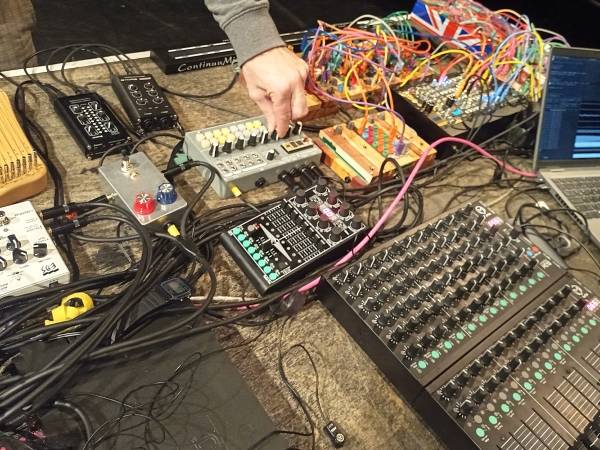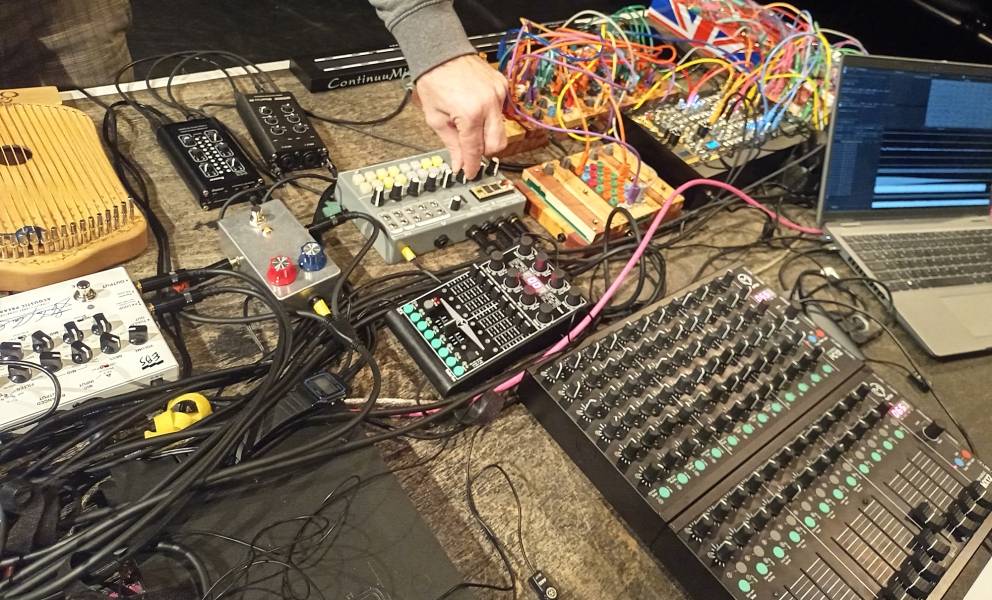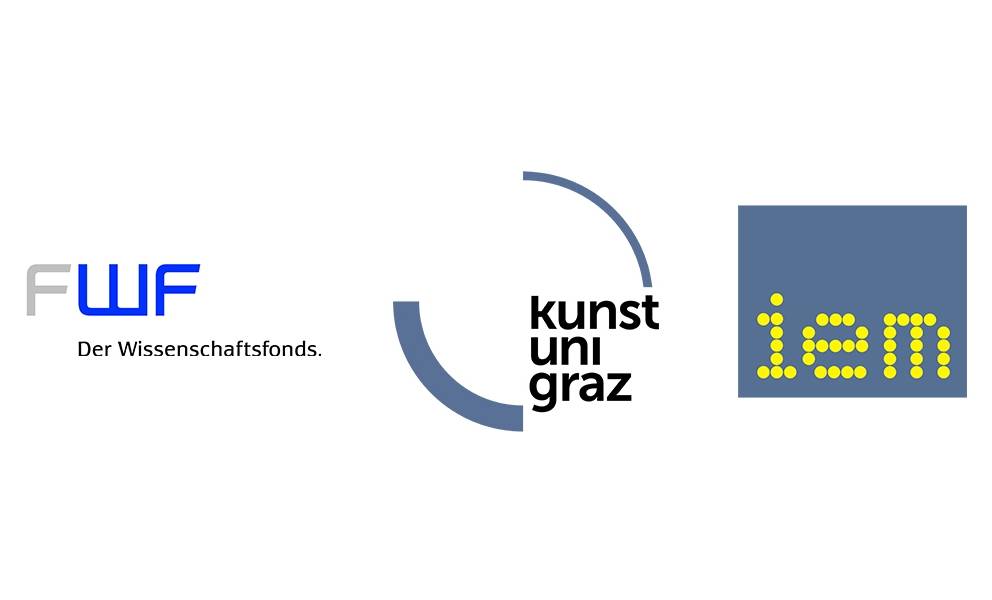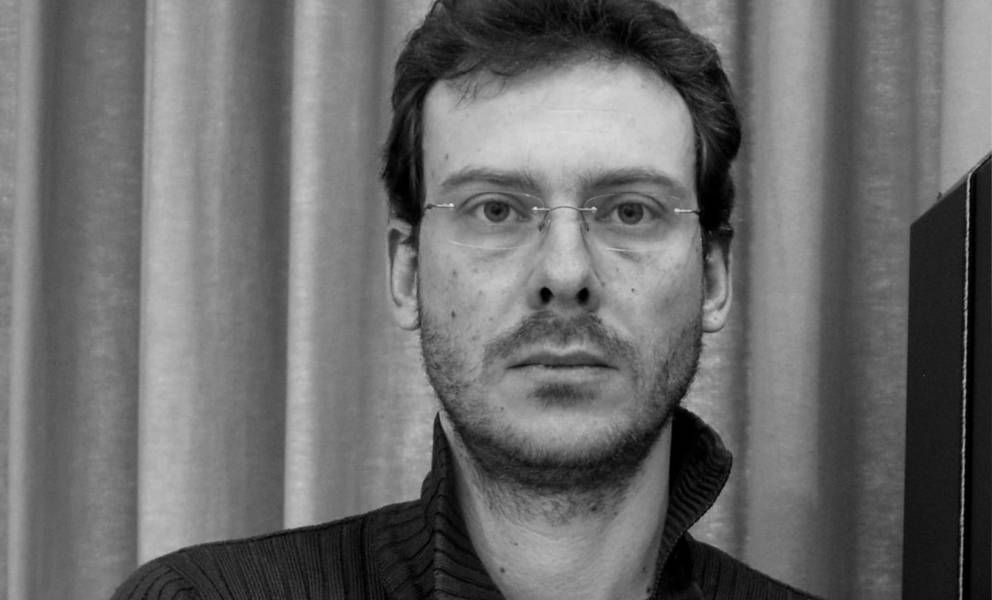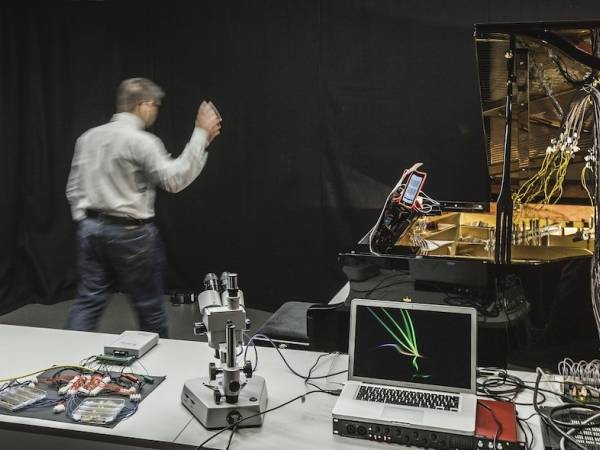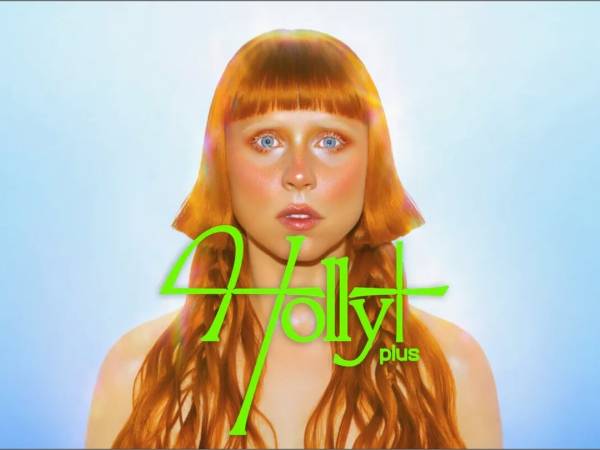7 Minuten
Speculation
What is Speculative Sound Synthesis? To understand this concept, let's first examine the term "speculative."
Commonly, "speculation" carries a negative connotation. It's often understood as unfounded conjecture or theory detached from practical experience. However, our approach embraces a different understanding of the term.
Our interpretation draws from philosopher and physicist Alfred N. Whitehead's more positive conception of speculation. Whitehead describes it as a three-part process:
"It starts from the ground of particular observation; it makes a flight in the thin air of imaginative generalization; and it again lands for renewed observation rendered acute by rational interpretation" (Whitehead, 2010, p. 5).
This vivid, physical metaphor presents speculation as a method for transcending current situations through imagination. Unlike traditional scientific methods that rely on induction or deduction, Whitehead's speculation offers a dynamic approach to furthering knowledge – one that combines careful observation with imaginative leaps.
From this perspective, Speculative Sound Synthesis emerges as an artistic practice that seeks to transcend conventional approaches to sound creation and composition. Rephrasing Whitehead's three-part process, it becomes a practice in which the technological factors conditioning sound synthesis are examined, then re-imagined, or even subverted, and finally transformed into raw material for new aesthetic artifacts.
The project
Speculative Sound Synthesis is an ongoing artistic research project launched in 2022 at the Institute of Electronic Music and Acoustics (IEM) of the University of Music and Performing Arts Graz. The project aims to advance the fields of computer music, electronic music, and sound art – practices where the development, implementation, and composition of sound synthesis techniques (both analog and digital) play central aesthetic and artistic roles.
At its core, the project examines the complex interplay between artistic practice and technology. Historically, technological advances in electronic and computer music have opened new creative possibilities for composers while simultaneously introducing certain constraints and habits. The standardization, modularization, and control mechanisms inherent in technology have significantly shaped – and sometimes limited – artistic practice.
By challenging the relation between technological and artistic practice and what often appears to be a unidirectional, passive connection, the project aims at renegotiating what appear to be unquestioned (and often unseen) boundaries and standards.
While incorporating theoretical reflection, the project is primarily practice-based and extends beyond theoretical or textual propositions. We consider the creation of aesthetic artifacts as an essential component that complements, advances, or serves as the foundation for further reflection. We are particularly interested in how speculative thought manifests in artistic practice and materializes within aesthetic artifacts – works that should, in turn, spark speculative thinking in their audience.
This speculative approach builds upon a rich historical tradition. Experimental composers such as Alvin Lucier, John Cage, and Iannis Xenakis have all engaged in what might, retroactively, be considered speculative practices, each in their distinctive way. While acknowledging these precedents, we seek to expand and reinterpret these approaches for contemporary contexts, maintaining an open and evolving understanding of how speculation can be conceived and performed.
With this spirit of openness, we invite artists to share and expand their practices through speculative approaches. The project serves as a framework that provides space for artists who share a fundamentally experimental and questioning attitude.
In addition to the artistic research works of the project's core team, we offer commissions for artistic research works, some of which are already available on the project's website. We also provide opportunities for other artists and researchers to exhibit their works, such as through workshops or during the international Symposium held from September 26-28, 2024. In keeping with our commitment to openness, complete video documentation of this event, along with written documentation from all participating authors, is publicly available on the "Speculative Sound Synthesis Symposium" website.
Adam Pulz Melbye - Kin: Speculative Evolutionary Algorithms
Kin, a commissioned sound installation by musician and sound artist Adam Pulz Melbye, exemplifies speculative sound synthesis in practice.
The work's departs from the concept of impulse response, a technical tool that ideally allows to measure and model a system: for instance, in sound engineering, impulse responses are typically used for quantifying and model the acoustics of a space or even an instrument. The technique relies on the assumption that the measured system does not change in time and that it may be clearly separated from its environment. In most cases this assumption is a good enough approximation. However, in reality every space is in continuous evolution and its impulse response changes, depending on temperature, humidity, and even depending on the entities, the listeners that inhabit it.
Subverting this abstract and purely technological idea, in Kin Adam Pulz Melbye treats impulse responses as biological matter; a sort of DNA of a space, a genome that is in continuous evolution through interaction. And to realize this evolution Kin implements so-called evolutionary algorithms which are computational processes that have been studied and developed since the late 1980s in the context of "Artificial Life" studies.
Studying this algorithms, their implementation but also their historical and social context, Adam Pulz Melby uncovers the assumptions they carry within: a traditional binary understanding of reproduction, neglecting not only the materiality and contingency of sexual reproduction, but also the possibility of more complex structures of parenthood, social bonding and kinship.
In Kin, Adam Pulz Melby adopts a feminist and queer theoretical framework to subvert and develop a speculative alternative to standard evolutionary processes. Processes that drive evolution the of impulse responses and that go beyond traditional binary parent structures: for instance allowing three-parent reproduction and horizontal gene transfer between sound objects. With speculative approach the work challenges standard normative assumption about both technological and biological systems. Adam Pultz Melbye creates an experimental model that rethinks the connection between mathematical, engineering, artistic, and cultural dimensions of evolutionary algorithms.
Further, the installation's is composed to evolve in interaction with its acoustic environment is in, continuously incorporating new sounds in the algorithms that drive its evolution and allowing impulse responses to interact with the room acoustics and the audience. The installation thus establishes a dynamic relationships between computational processes and physical space creating a complex ecosystem of sonic relationships that blurs distinctions between digital and acoustic domains.
Kin is a parade example of Speculative Sound Synthesis project's mission of exploring alternative approaches to computer music through speculation. The work combines technical innovation with critical theory and artistic practice, exemplifying how speculation can serve as a methodology for discovering new aesthetic possibilities.
The work premiered at the Speculative Sound Synthesis Symposium in September 2024, where it engaged with other installations and the acoustic environment of MUMUTH at the University of Music and Performing Arts Graz.
Altraconsonanza
altraconsonanza is a live-electronic improvisation duo comprising sound artists and researchers Martin Rumori and David Pirrò. The name pays homage to the Italian pioneers who formed the "Nuova Consonanza" collective in the 1960s. The "Gruppo di Improvvisazione Nuova Consonanza," founded in 1964 by composer Franco Evangelisti, consisted of a rotating group of composers and musicians, including Egisto Macchi and Ennio Morricone. The group dedicated itself to developing and exploring experimental musical practices where the boundaries between composition and instrumental musicianship blurred. "Nuova Consonanza" developed an approach where improvisation served as a directed, focused, and constrained process, aiming to develop new compositional forms for recordings and live performances.
Similarly, altraconsonanza stages experimental arrangements that combine diverse methods of producing and controlling sound. These arrangements juxtapose generative algorithms with analog chaotic circuitry and field recordings, alongside various interfaces and performance techniques. These disparate musical and technological elements embody different sound aesthetics and ideals of instrumental play, while the modes of listening they afford are distinctly varied and sometimes contrasting. altraconsonanza brings these elements together, weaving them into an intricate network of interactions.
Crucially, these connections are both conceptual and physical: musical signals flow among all elements, affecting, influencing, and superimposing upon each other. Within this network, it becomes nearly impossible to identify which element is responsible for specific sounds or which actor initiates a particular sonic movement. altraconsonanza re-composes human and technological agents into an intractable field—one that defies control, simplification, approximation, or reduction. Performing within this chaotic and contingent field of possibilities requires navigating it through one's senses and sensibility.
The duo pursues a "speculative" live-electronic practice, deeply rooted in singular moments and specific encounters between agencies, while resisting tendencies toward generalization. Their approach is a performative real-time speculation: based on their aesthetic experience, the musicians can decide at any moment how to shape the evolving sound, guiding its development in various directions while exploring unrealized possibilities.
Unlike "Nuova Consonanza," which used improvisation as a tool to develop and establish new compositional forms, altraconsonanza creates arrangements that deliberately resist fixed forms or roles. The duo explicitly attempts to create conditions that suspend control and determination while placing listening and experience at the core of their performance.
Conclusions
What we need is a computer that isn't labor-saving but which increases the work for us to do. (John Cage, 1966 in Are We an Audience for Computer Art?)
Speculative Sound Synthesis is an artistic and research practice that is experimental, critical, and inherently challenging to established norms. Rather than seeking solutions to predetermined problems, it adopts a fundamentally questioning attitude. Speculative Sound Synthesis does not accept standards or technologies as given, but instead seeks to uncover their hidden biases and assumptions, attempting to relativize, displace, or even subvert them.
As an artistic research project, Speculative Sound Synthesis aims to generate more questions than answers, encouraging open and diverse interpretations. Through this approach, we hope to create spaces for artistic practice that might otherwise remain unexplored.
Acknowledgments
The project "Speculative Sound Synthesis" is funded by the Austrian Science Fund (FWF) through its arts-based research programme (PEEK AR 713-G). The project is hosted at the Institute of Electronic Music and Acoustics at the University of Music and Performing Arts Graz.
The project team consists of Leonie Strecker and David Pirrò. Luc Döbereiner and Ji Youn Kang have been part of the team from November 2022 to October 2024. The project runs from November 2022 to October 2026.
David Pirrò
David Pirrò is a sound artist and researcher based in Graz, Austria. He completed his Master's degree in theoretical physics at the University of Trieste, followed by a Master's degree from the School of Music and New Technologies at the Conservatory "G. Tartini" in Trieste in 2007. Since then, he has been alecturer and researcher at the Institute of Electronic Music and Acoustics (IEM).
Pirrò's portfolio encompasses interactive compositions, sound installations, and audiovisual and electroacoustic pieces. His research contributions span various fields, including sonification, sound spatialization, and interaction design. He later earned his PhD with distinction in Computer Music from the University of Music and Performing Arts Graz (KUG) and currently holds the position of senior scientist at IEM.
Drawing from his background in computational physics and computer music, Pirrò's artistic practice focuses on the experience, composition, and simulation of dynamical systems. His work represents a convergence of technological-scientific and aesthetic perspectives in the creation of artistic artifacts. As the principal investigator of the FWF PEEK project ALMAT, he has explored the intersection of sound art practice and algorithmic processes. Currently, he leads the FWF artistic research project "Speculative Sound Synthesis."
Article topics
Article translations are machine translated and proofread.
Artikel von David Pirrò
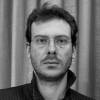 David Pirrò
David Pirrò 